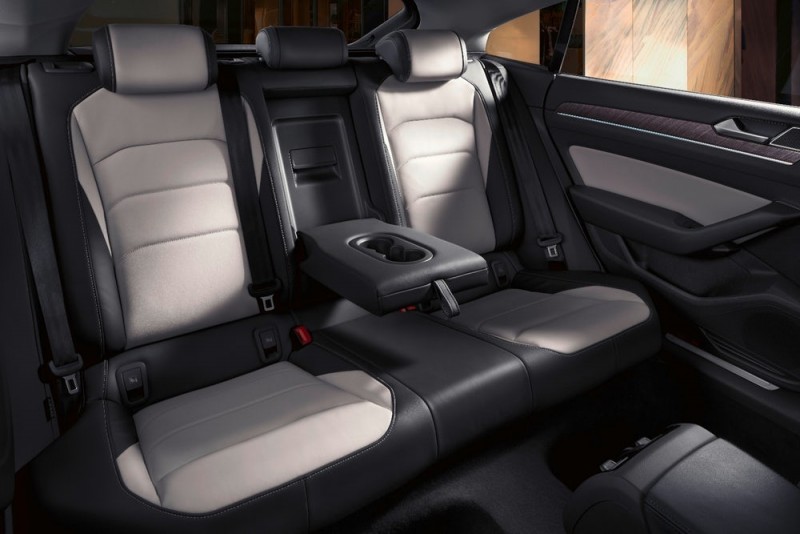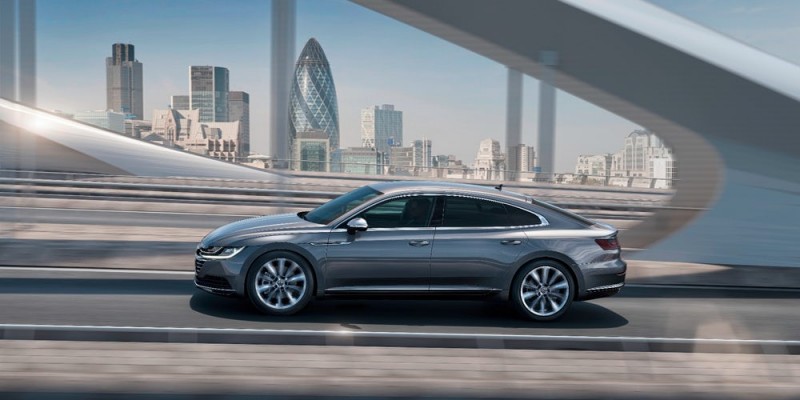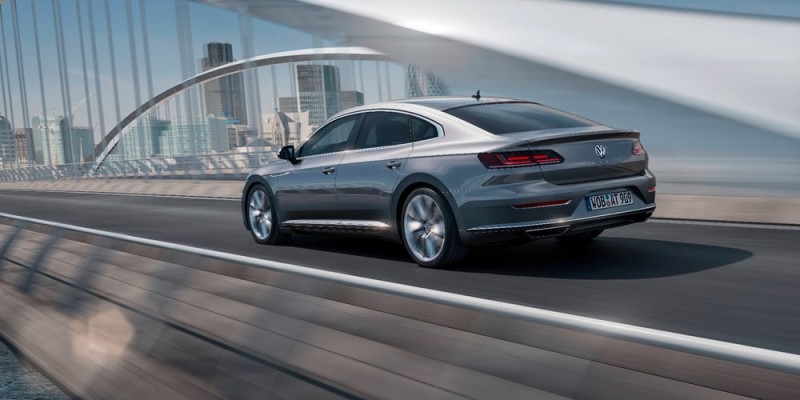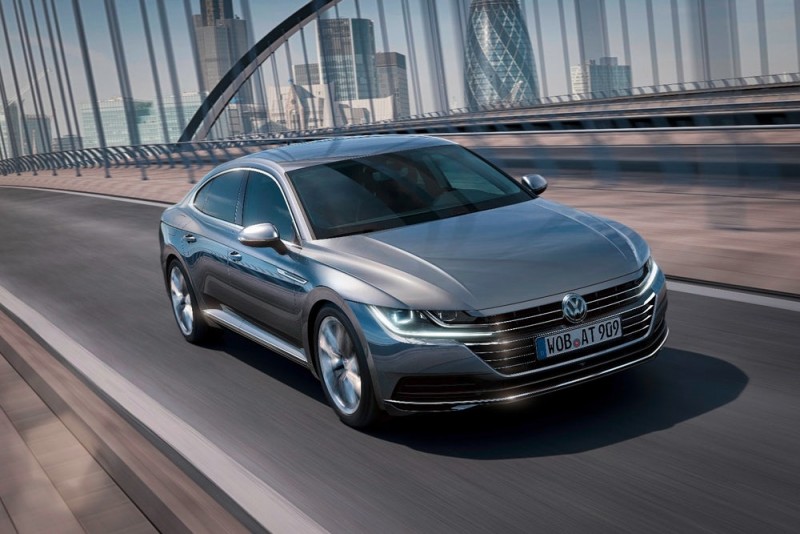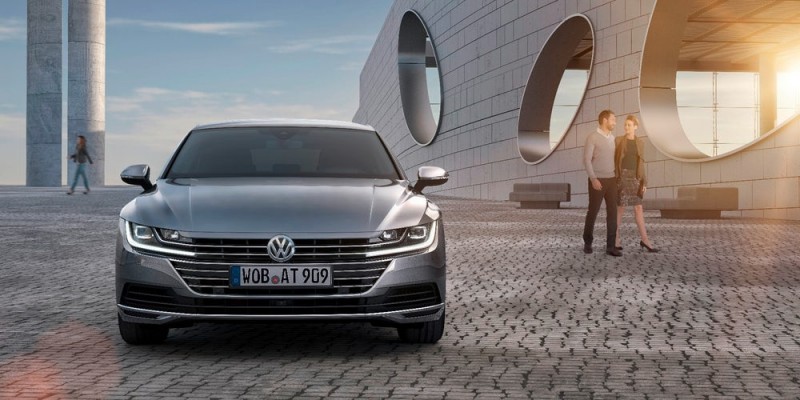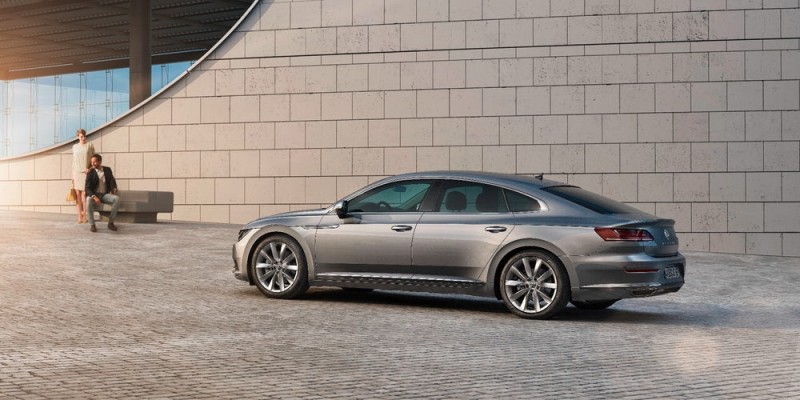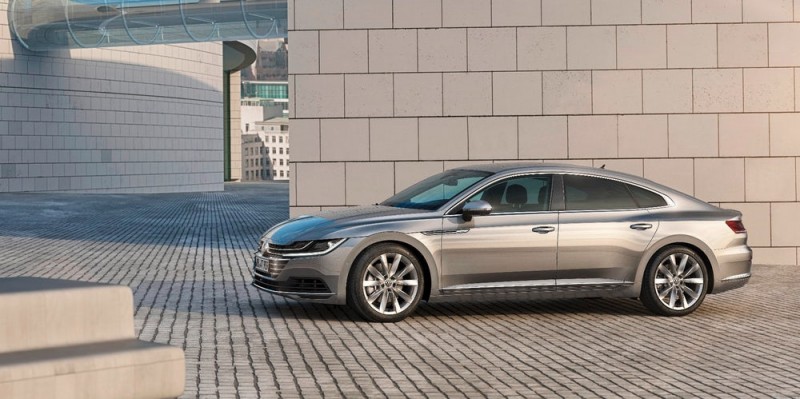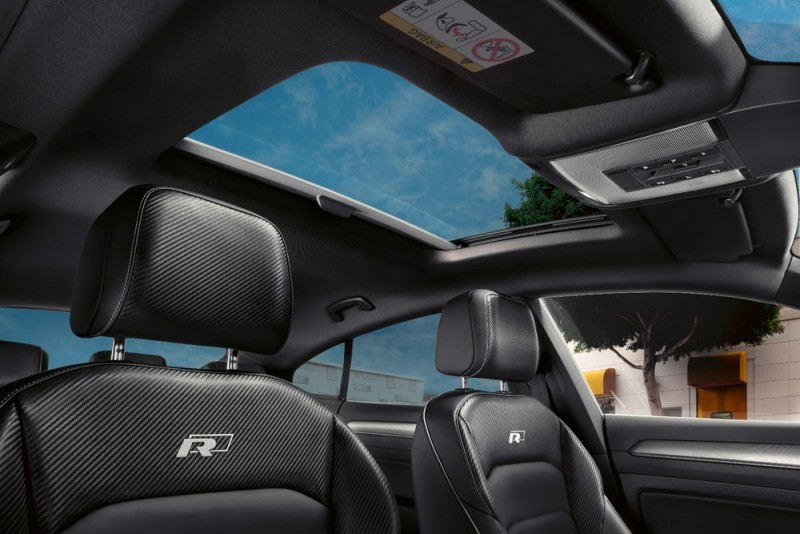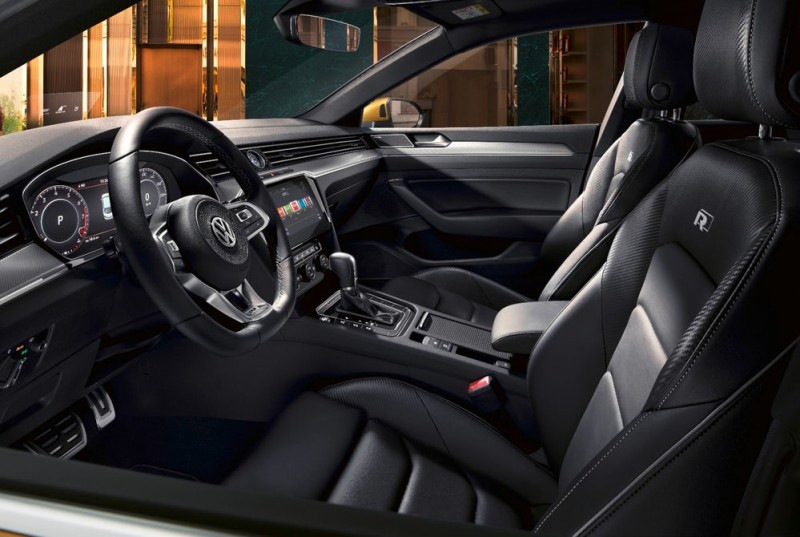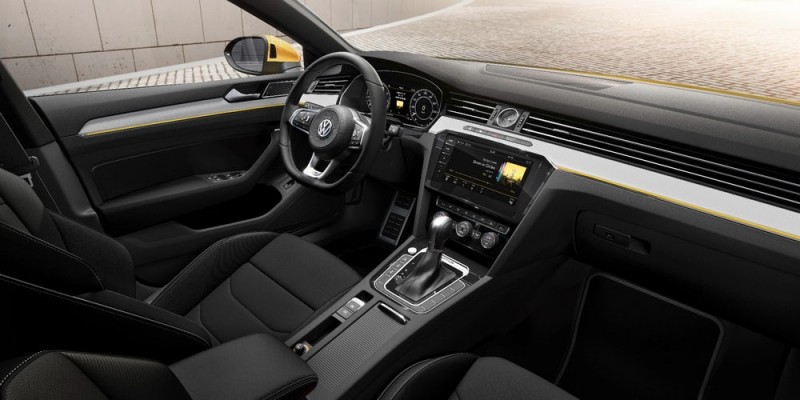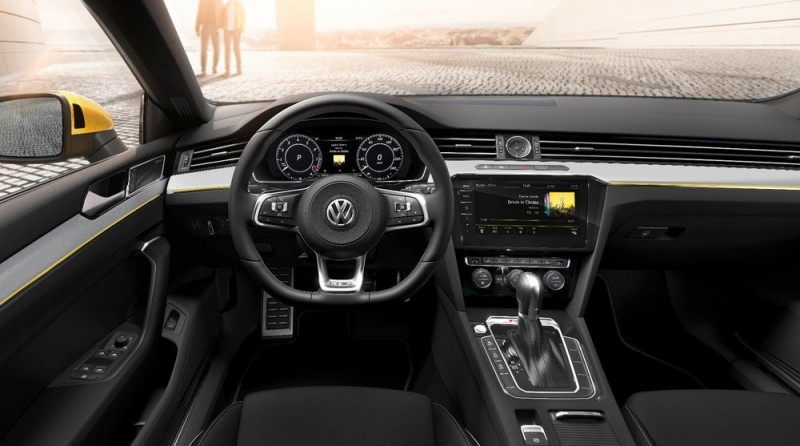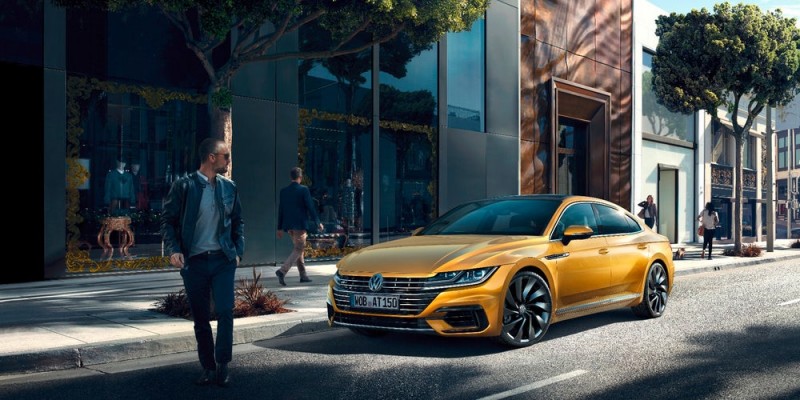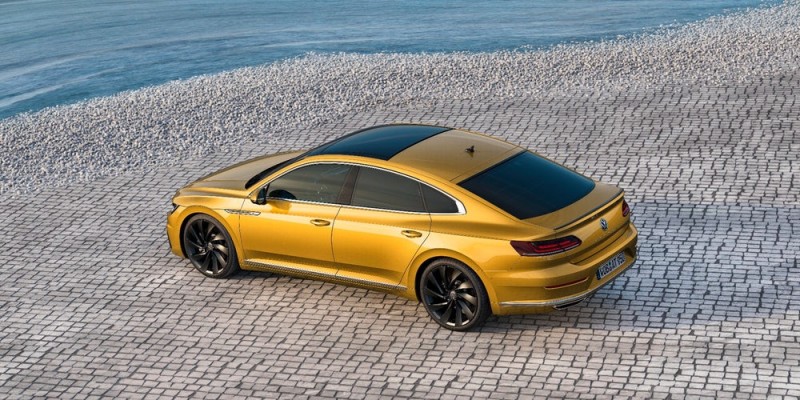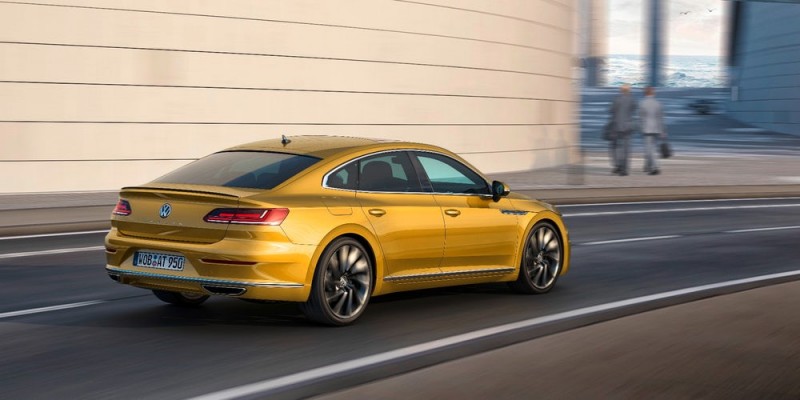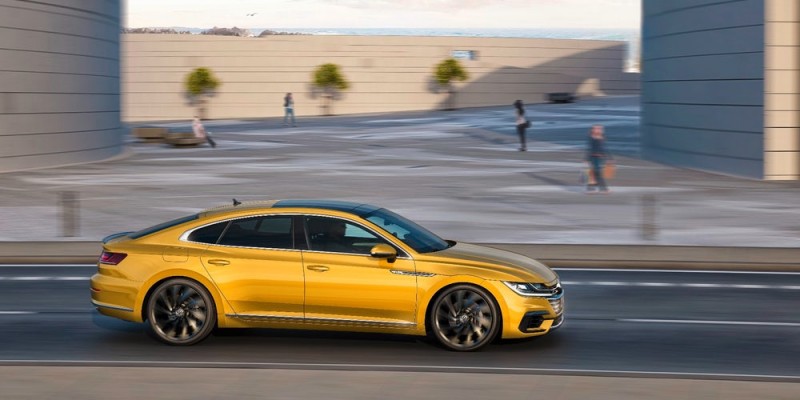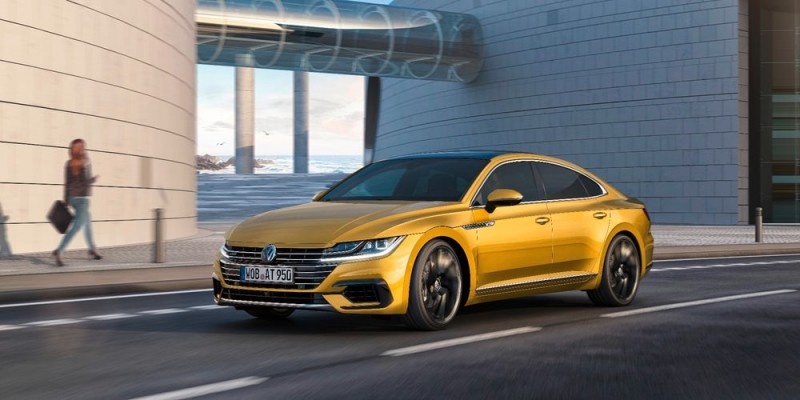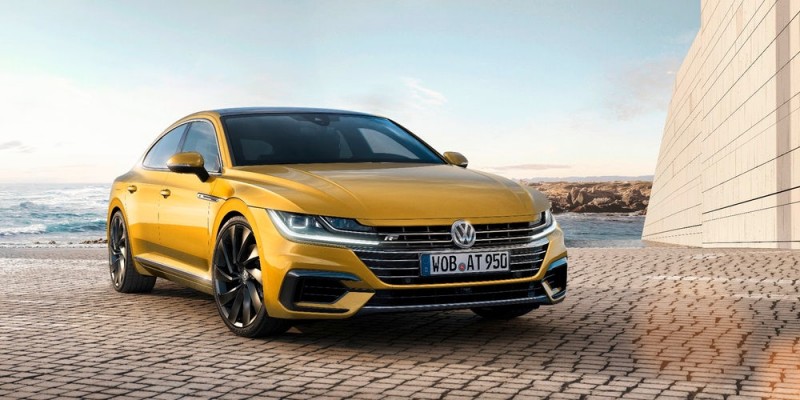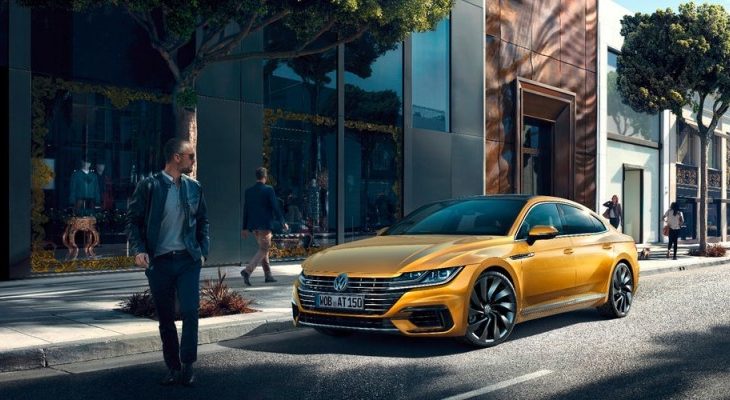The Volkswagen Arteon represents a return for the carmaker to sport-sedan territory, a niche it has never been terribly comfortable occupying. Anyone who was around in the 1980’s might remember the Quantum, a hopelessly and overly complex bag of tricks that provided underemployed mechanics with peace of mind. The Passat followed, and fared somewhat better mechanically, especially earlier on. But Volkswagen, the manufacturer of cars for ordinary folks, has always been at its best when it’s kept things simple.
Some may yet remember the Phaeton, an ambitious luxobarge with W12-engined offerings that never quite found its footing. Yet, the Arteon appears to be a significant departure from standard VW design. Lines are long and fluid, the center of gravity is lower, and it’s much more aggressive looking—especially from the front—than the puckish Jetta or Passat. Both of those models still sell well, so VW is looking to fill a hole in its marketing scheme with the Arteon, which will be base-priced at around $30K-$35K, rubbing shoulders with the BMW 3 on one end and the Mercedes C on the other.
With its hatchback design, the Arteon is being sold as a sport-sedan for a family. The cabin looks the part of a sports sedan, too, with dramatic bucket seats beneath a low roof. Performance will be highlighted, as the Arteon will be offered with a seven-speed dual-clutch transmission, front or AWD, and several engine options, three of which will be diesel. The infotainment system and creature comforts will be considerable, as well: a large touchscreen, gesture control, and adaptive cruise.
The Arteon will be launched on German sales floors in late spring. U.S. availability is expected to follow shortly thereafter.
